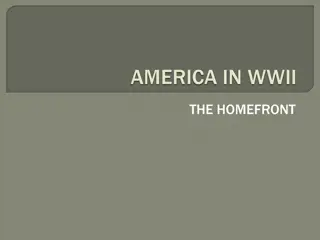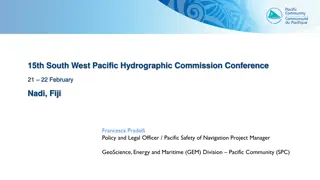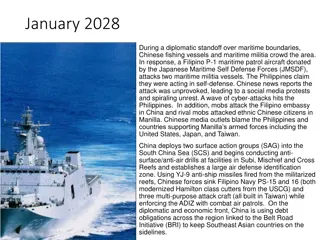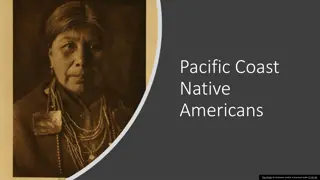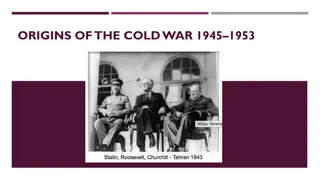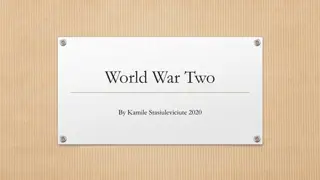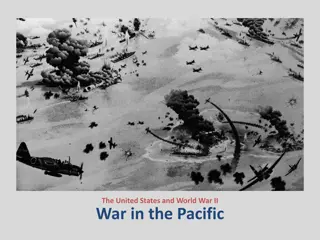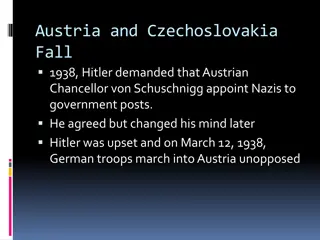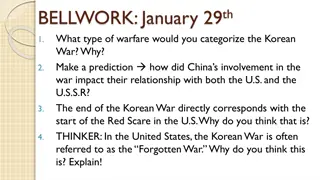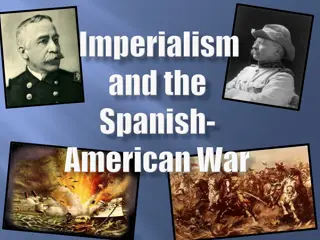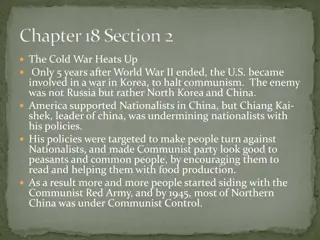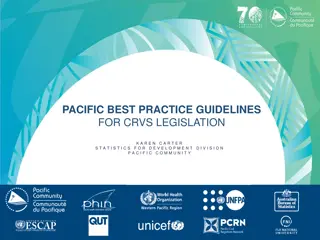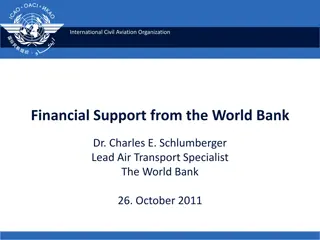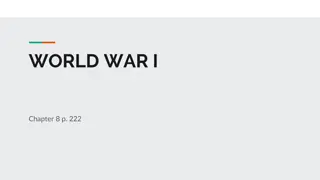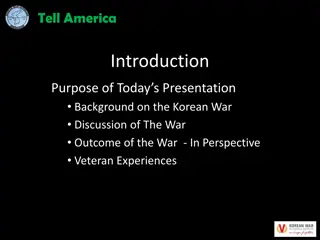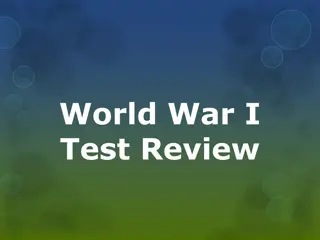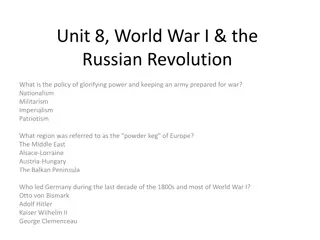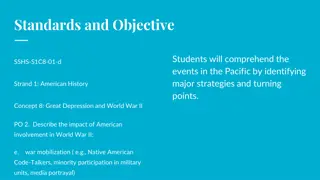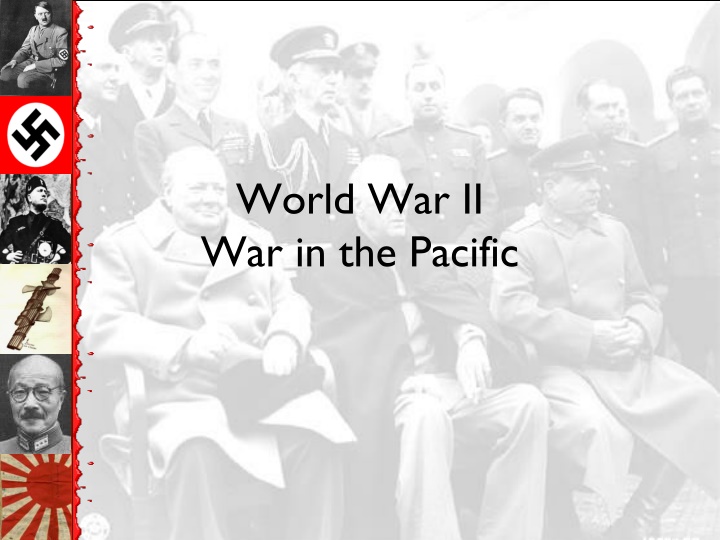
World War II in the Pacific: Key Events and Victories
Explore the pivotal events of World War II in the Pacific, including Japan's advance, key battles like Midway and Guadalcanal, the Allies' island-hopping strategy, and the final battles in Iwo Jima and Okinawa. Witness the Allied victory culminating in the use of atomic bombs on Japan.
Download Presentation

Please find below an Image/Link to download the presentation.
The content on the website is provided AS IS for your information and personal use only. It may not be sold, licensed, or shared on other websites without obtaining consent from the author. If you encounter any issues during the download, it is possible that the publisher has removed the file from their server.
You are allowed to download the files provided on this website for personal or commercial use, subject to the condition that they are used lawfully. All files are the property of their respective owners.
The content on the website is provided AS IS for your information and personal use only. It may not be sold, licensed, or shared on other websites without obtaining consent from the author.
E N D
Presentation Transcript
World War II War in the Pacific
Japanese continued advancing across the Pacific in 1942. Japan advanced and conquered Thailand, Burma, the British colonies of Hong Kong and Singapore, and the U.S. territories of Guam and Wake Island. Japanese then attacked U.S. controlled Philippines. American and Filipino forces under command of Douglas MacArthur March 1942 Allied forces surrender Philippines to Japan. Japanese march more than 70,000 captured soldiers to prison camps. More than 600 Americans and 10,000 Filipinos died in the Bataan Death March.
Key Victories in the Pacific Battle of Midway Japanese planned surprise attack on Midway Islands. American bombers destroy four carriers and severely weaken Japanese naval power. Allied victory Guadalcanal Allies began recapturing Japanese territory. August 1942 American Marines invade Guadalcanal. Six months of intense fighting February 1943 Allied victory
The Allies began battling toward Japan. Allies go on offensive Develop island hopping strategy, where Allied forces took only the most strategically important islands. Win victories in Gilbert, Marshall, Mariana islands October 1944 General MacArthur leads mission to retake Philippines. Allies crush Japanese fleet. Allied forces drive out all Japanese forces by summer 1945. Allied planes begin bombing targets in Japan. Japanese refused to surrender.
Final Battles Iwo Jima Okinawa April 1945 U.S. forces attack Okinawa. February 1945 U.S. Marines storm beaches of Iwo Jima Fighting lasts three months Japanese planes use kamikaze tactic purposely crashing piloted planes into enemy ships. Month of bloody fighting Of 20,000 Japanese defenders, about a thousand were taken prisoner, the rest were killed or wounded in battle. Severe casualties Allies: 12,000 dead, 36,000 wounded Japan: 11,000 troops and 80,000 civilians dead Around 6,800 Americans killed
Victory in the Pacific came after the United States dropped atomic bombs on Japan. Allied scientists developed the atomic bomb, a weapon that produces tremendous power by splitting atoms, in a secret program known as the Manhattan Project. When Japanese leaders refused to surrender, President Truman ordered use of the bomb. August 6, 1945 the B-29 bomber Enola Gay drops an atomic bomb on the city of Hiroshima. Explosion killed almost 80,000 people instantly. Thousands more died from burns and radiation poisoning. Japanese leaders still refused to surrender.
End of World War II August 9, 1945 U.S. forces drop a second atomic bomb on city of Nagasaki. One-third of the city destroyed 22,000 people killed instantly August 15, 1945 Japanese announce their surrender thus ending World War II. The war took a harsh toll. 50 million people killed National economies in Europe and Asia devastated Millions of people left without food, water, or shelter

![❤[PDF]⚡ Civil War Talks: Further Reminiscences of George S. Bernard and His Fel](/thumb/20551/pdf-civil-war-talks-further-reminiscences-of-george-s-bernard-and-his-fel.jpg)
